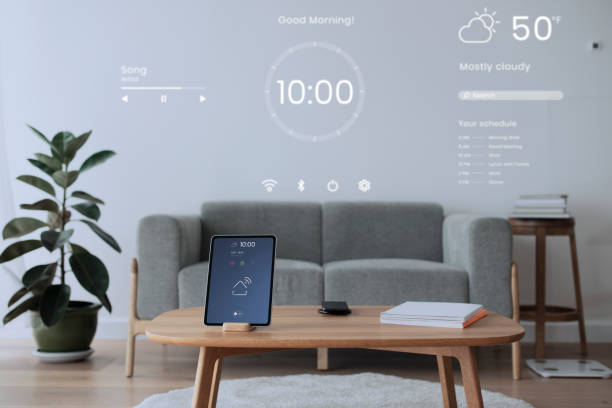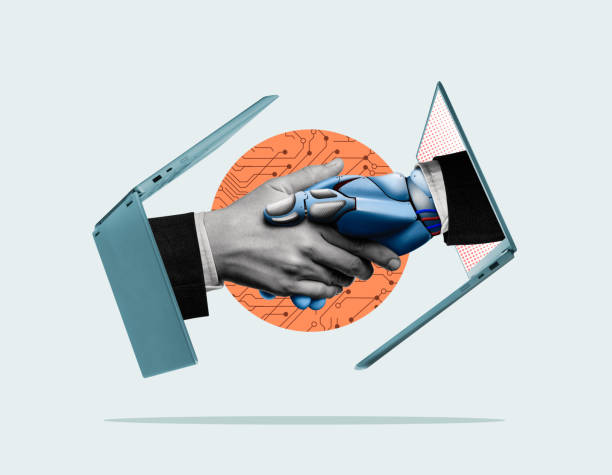Smart homes combine technology and automation to improve comfort, security, and efficiency in our daily lives. Connected living refers to how these technologies link together for seamless experiences. Together, they represent a transformative shift in modern living. Advancements in IoT devices, AI, and 5G connectivity are driving this evolution rapidly. The future promises homes that adapt intelligently to the needs and preferences of residents.
2. The Role of Internet of Things (IoT)
IoT is the backbone of smart homes, connecting devices through the internet. It allows appliances, lights, and security systems to communicate and work collaboratively. Sensors gather data to optimize energy usage and personalize environments. The growing IoT ecosystem creates a more intuitive and responsive living space. It offers convenience by automating mundane tasks and providing remote control options.
3. Artificial Intelligence and Machine Learning
AI integration is making smart homes smarter by learning user habits and predicting needs. Voice assistants like Alexa and Google Assistant personalize user interactions and manage connected devices. Machine learning helps improve security by recognizing unusual activities and notifying homeowners. AI also optimizes energy consumption by adjusting lighting and temperature based on usage patterns.
4. Enhanced Home Security Systems
Future smart homes will feature advanced security with AI-powered cameras and facial recognition. Intrusion detection will become more accurate with predictive analytics. Connected sensors on doors and windows will alert homeowners instantly of any threats. Integration with local authorities and emergency services will ensure rapid responses during emergencies.
5. Energy Efficiency and Sustainability
Smart homes contribute to sustainability by optimizing energy use and reducing waste. Smart thermostats learn schedules to minimize heating or cooling when unnecessary. Solar panels combined with smart grids allow homes to generate and share renewable energy. Energy monitoring systems provide insights that encourage eco-friendly habits, reducing the home’s carbon footprint.
6. Voice and Gesture Control Technologies
Voice commands are becoming the preferred method for controlling smart homes due to convenience and accessibility. Future homes will also integrate gesture recognition for hands-free interaction with devices. These technologies enable people with disabilities to manage home systems independently. Multimodal controls will enhance user experience by combining voice, gesture, and mobile app interfaces.
7. Personalized Comfort and Wellness
Smart homes will tailor environments to individual health and comfort preferences. Sensors can monitor air quality, humidity, and lighting to promote wellness. Adjustable lighting mimics natural daylight to support circadian rhythms. Sleep tracking systems will improve rest quality by controlling noise, temperature, and lighting during sleep.
8. Integration of Smart Appliances
Connected appliances such as refrigerators, ovens, and washing machines will communicate and operate autonomously. Refrigerators will monitor food inventory and suggest recipes or order groceries. Washing machines will optimize cycles based on fabric types detected. Smart ovens will allow remote cooking control and safety monitoring to prevent accidents.
9. Smart Entertainment Systems
Connected living includes immersive entertainment through smart TVs, speakers, and gaming consoles. Voice and app controls offer seamless content management across multiple rooms. AI-driven recommendations will personalize entertainment choices based on mood and preferences. Virtual and augmented reality may soon become common elements of home entertainment.
10. Challenges and Privacy Concerns
Despite benefits, smart homes raise concerns about data security and user privacy. Cyberattacks could exploit vulnerabilities in connected devices. Manufacturers must implement strong encryption and regular software updates. Users should be educated about best practices to secure their home networks and personal data.
11. Future Trends in Smart Home Technology
Emerging trends include integration with smart cities, allowing homes to interact with public infrastructure. Blockchain technology may provide secure, transparent device communication. Robotics and autonomous cleaning devices will become more sophisticated and common. The fusion of virtual assistants with smart home ecosystems will create truly intelligent environments.
12. Conclusion:
The future of smart homes and connected living offers exciting opportunities for comfort, efficiency, and security. Continuous innovation will make homes more responsive and personalized than ever before. However, addressing privacy and security challenges remains critical. Embracing these advancements thoughtfully will unlock the full potential of connected living.












